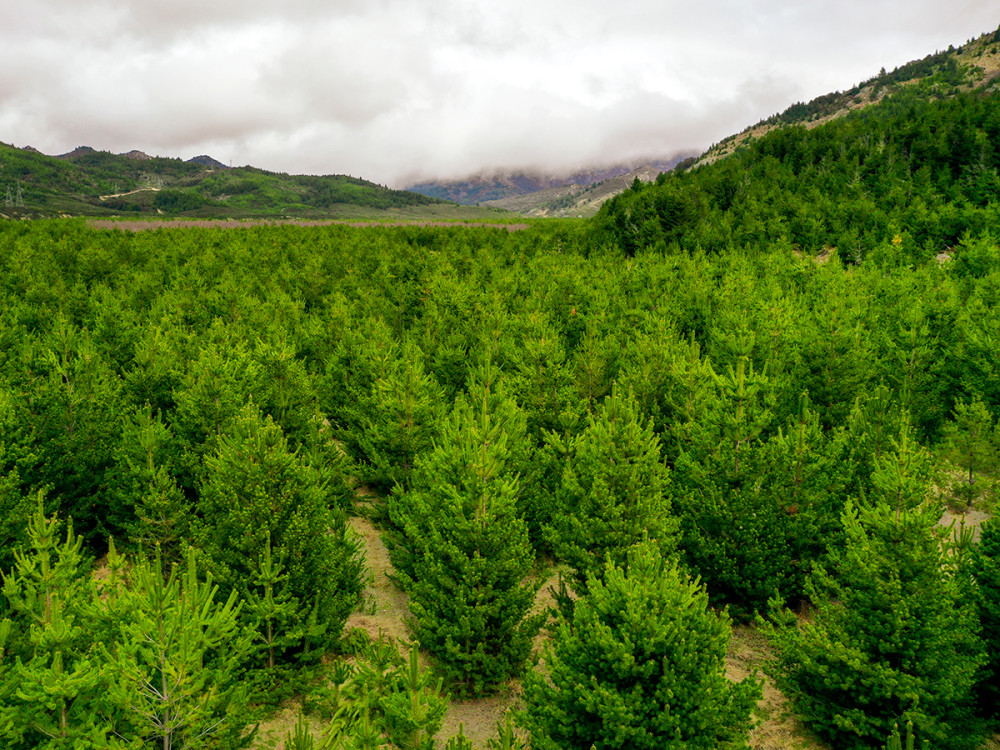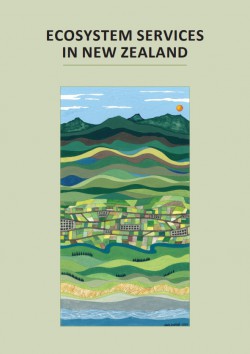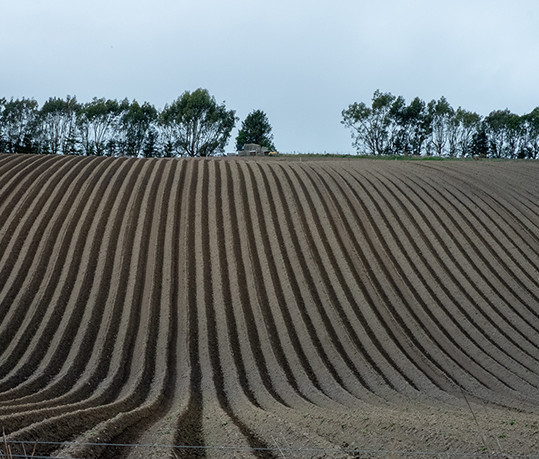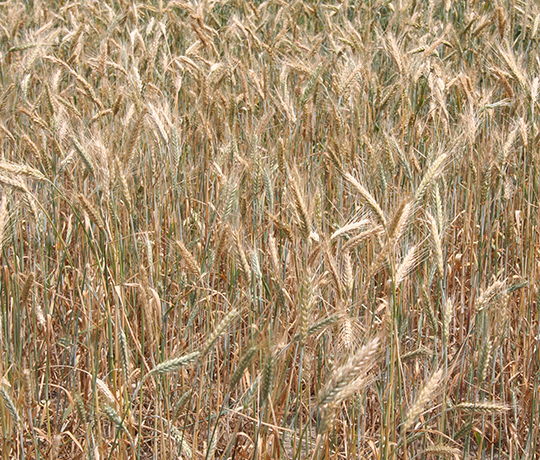Soil ecosystem services
The ecological economy

Withdrawing money from the bank account of soil is a profitable business for humankind. Soil provides assets in the form of natural capital and ecosystem services that humans can access and use, usually free of charge. Human life as a whole is made possible by the ecosystem services that soil delivers, including:
- Provisioning services, which supply us with food, fibre, wood and raw materials, all of which need soil to grow on and to exist
- Regulating services, which relate to soil’s potential to regulate a range of environmental processes: flood mitigation, filtering of nutrients, detoxification and carbon storage
- Cultural services, which include non-material benefits, e.g. spiritual enrichment and soil as an archive of human history
Supporting services, connecting all of the above-mentioned ecosystem services1.
Each service links to something that humans require in order to sustain their lives. Whether this is the filtering function of soil to provide purified freshwater, or its capability to release nutrients for plant growth, human life demands that soil continuously supplies its needs.
But the bank account of soil rarely receives any deposits in return: soil’s ecosystem services are often not recognised. Some services might be overruled by others, and threats such as soil degradation jeopardise human well-being. Conveying the value of soil to society is, therefore, crucial.
Economic or ecological benefits?
The ecosystem services approach uses an economic logic to describe the ecological benefits of the natural environment. The framework itself can be applied to a range of ecosystems – forests, grasslands, soil – and has become a useful tool in policy- and decision-making, because it combines both ecological relevance and monetary feasibility2.
Soil’s 'inherent' and 'dynamic' properties create the foundation stone of the framework. Inherent properties (such as texture or clay type) generally represent soil-invariant characteristics. Dynamic properties (such as carbon content and pH) are affected by changes over time depending on land use and land management.
The two classes of properties combine to form the natural capital stock of soil. Soil provides this natural capital in the form of environmental assets, which yield all subsequent flows from soil to the environment. Ultimately, these flows – or ecosystem services – promote human well-being3.
Publication: Ecosystem services in New Zealand

A New Zealand example
In 2018 one kilogram of beef meat cost around $4, sometimes a little more, sometimes a little less4. Displayed on the supermarket shelves, meat prices are easy to track. But the value of soil ecosystem services supplied by a particular piece of land that beef cattle feed on – including its soil – remains hidden.
How high would its value be – $100, $1,000, even more? All services combined, a case study in the Hawke’s Bay region quantified this value to be $3,717 per hectare every year5. Money the soil provided without any charge to landowners or customers. Severe erosion in 2011 caused steep land in the study area to lose more than half of its potential to provide ecosystem services, down to $1,2996 per hectare per year. This is money of ecosystem services that was withdrawn from the bank account of soil and will now take more than 50 years to recover.
1 Smarasinghe et al. (2013). Looking at soils through the natural capital and ecosystem service lens. Landcare Research Science Series No. 41 Lincoln, NZ. Manaaki Whenua Press, p. 8
2 Adhikari, K. and A. E. Hartemink (2016). Linking soils to ecosystem services — A global review." Geoderma 262: 101-111.
3 Millennium Ecosystem Assessment Report (2006). A framework for assessment.
4 New Zealand dollars. https://beeflambnz.com/sites/default/files/data/files/M%20cow%20cents%20per%20kg.pdf
5 Dominati, E. J. & Mackay, A. D. (2014). Using and ecosystem services approach to assess the cost of soil erosion and holistic value of soil conservation in hill country. AgResearch, Grasslands Research Centre, Palmerston North.
6 Dominati & Mackay (2013): An Ecosystem Services Approach to the Cost of Soil Erosion and Value of Soil Conservation. Report prepared for: Hawke’s Bay Regional Council.

